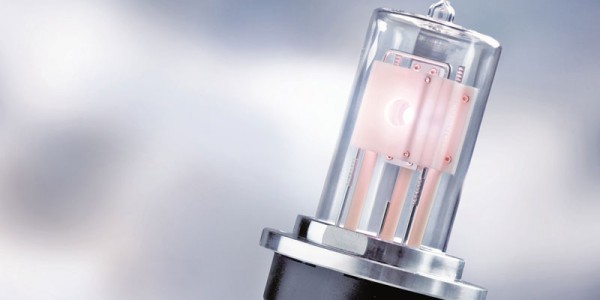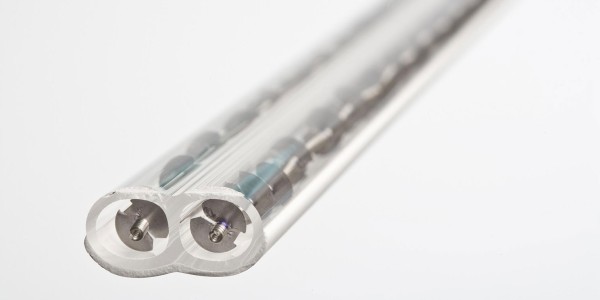Hydrogen is the most common element in the universe. Deuterium, a natural isotope of hydrogen, is a very important element for Excelitas Noblelight.
Due to its mass it is also known as "heavy hydrogen". Excelitas Noblelight manufactures deuterium lamps that are the ideal light source for high-precision absorption measurements in the laboratory by generating a continuous spectrum with wavelengths ranging from UV to visible light. Thus, they help determine traces of undesired contamination such as melamine in milk powder for babies.
To be found in these products:












